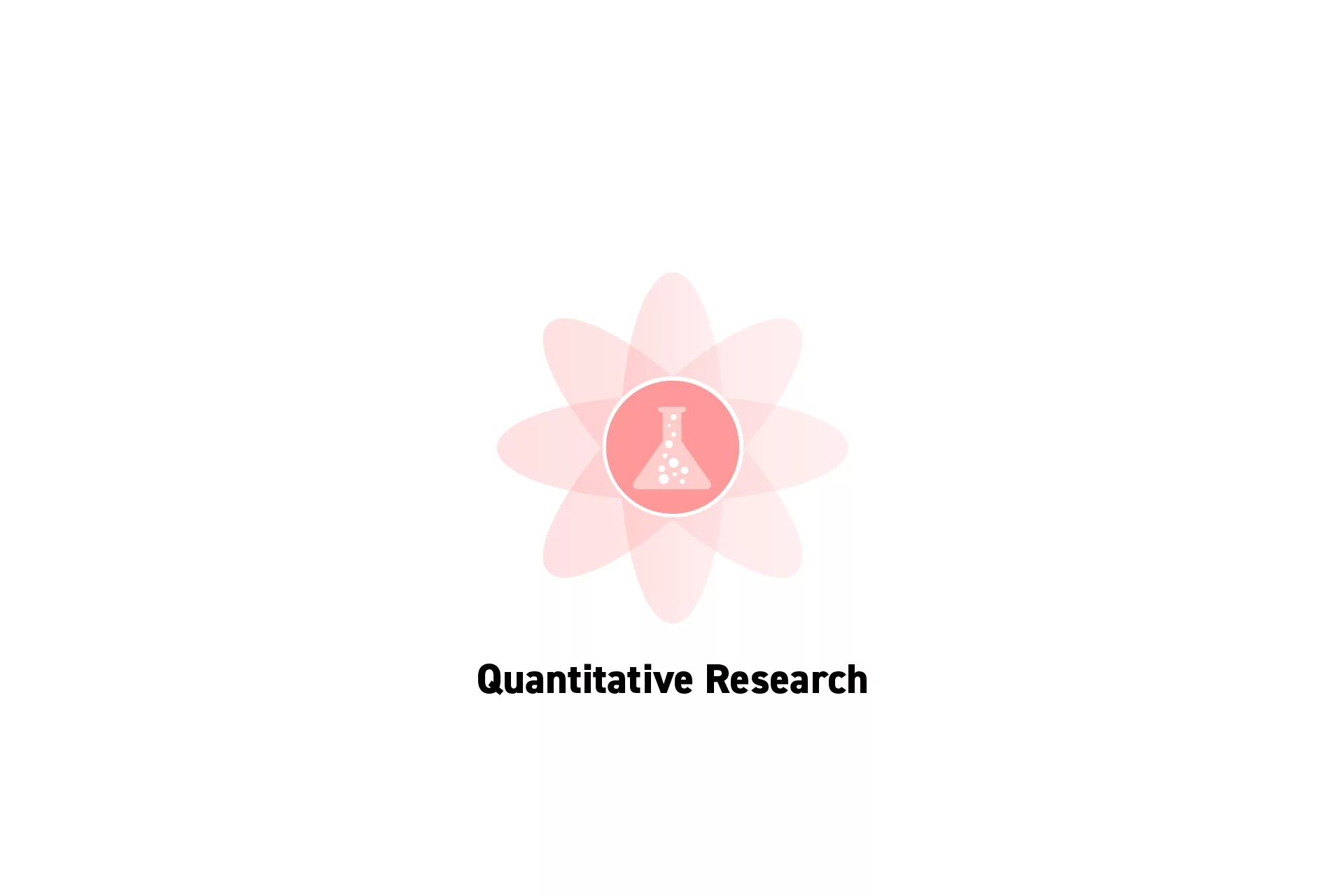What is Quantitative Research?
Quantitative research, in contrast to qualitative research, deals with data that is numerical or which can be converted into numbers.

Quantitative research, in contrast to qualitative research, deals with data that is numerical or which can be converted into numbers.
Subscribe"Quantitative research, in contrast to qualitative research, deals with data that are numerical or that can be converted into numbers. The basic methods used to investigate numerical data are called ‘statistics’. Statistical techniques are concerned with the organisation, analysis, interpretation and presentation of numerical data. Statistics is a huge area of study with wide application across many disciplines, including information systems and other areas of information research. With the advent of computers, and particularly personal computers, the statistical processes to handle and analyse data have become more accessible. However, there is a danger that analysis may be performed on data without an understanding of the appropriate statistical tests to use and how they should be applied. The aim of this chapter is to provide a basis for decisions about data preparation and analysis and how the results of analysis should be interpreted and reported.
The chapter explains processes and methods used in data preparation and analysis of data, using descriptive and inferential statistics. A dataset containing data of student usage of a project management website is used to illustrate the concepts covered. A number of the most common statistical tests are introduced and applied to the dataset. The techniques presented can be applied in Excel or a standard statistical software package, for example, SAS (https://www.sas.com/en_us/insi...), R (https://www.r-project.org) or Statistical Package for the Social Sciences, IBM SPSS software (http://www-01.ibm.com/software...). There are many other techniques used in data analysis, for example, exploratory data analysis techniques of regression, factor analysis, classification and clustering, but they are beyond the scope of this chapter."
To learn more about Quantitative Research and all the example approaches, please consult the link below.
Looking to learn more about Research and Strategy?
Search our blog to find educational content on research and strategy.